Did you know that a Class 3 firearm, despite its powerful capabilities, can be legally owned in most places across the United States? But, to own one, you need a special kind of permission, and you have to follow strict rules set by the government.
This article is here to make the world of Class 3 firearm easier to understand. We'll talk about the different kinds of Class 3 firearms, the important rules about them, and how you can legally own one.
Whether you already know a lot about guns or are just starting to learn about them, this guide will help you understand everything about these powerful firearms.

What Is a Class 3 Firearm?
A Class 3 firearm, in the context of U.S. federal law, refers to a category of firearms regulated under the National Firearms Act (NFA) of 1934. These firearms are often referred to as "NFA firearms"
NFA firearms include special kinds of weapons - not the usual guns you might see. They are weapons like machine guns, silencers, short-barreled rifles and shotguns, which are like regular rifles and shotguns but have shorter barrels.
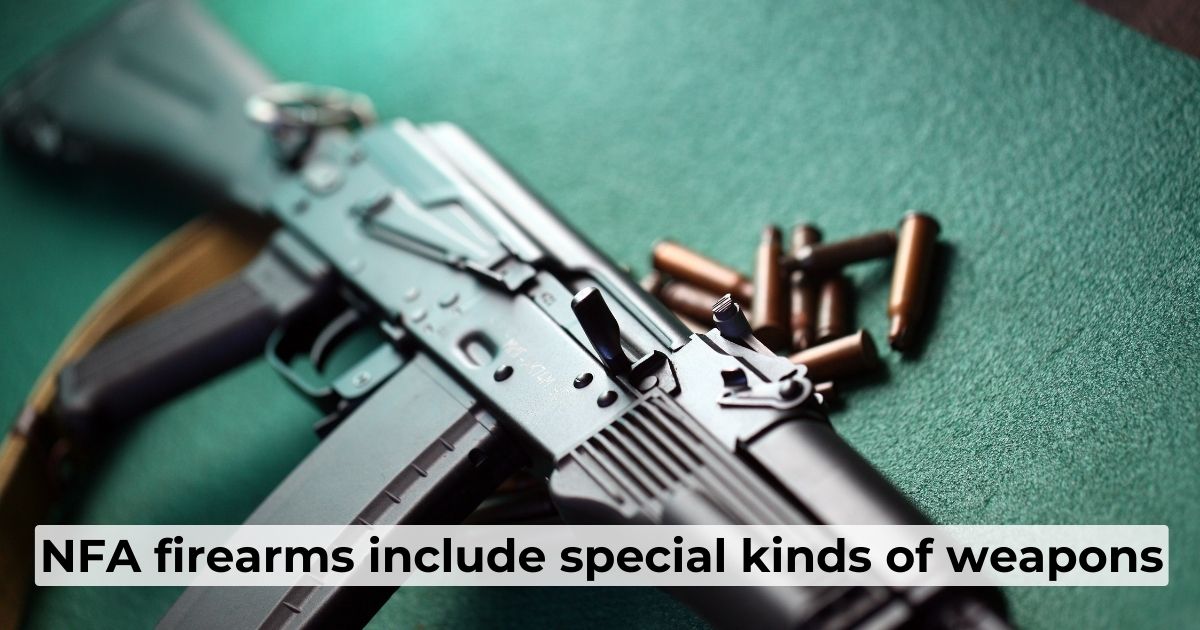
Why are these guns special?
Class 3 firearms are special because of their unique capabilities, strict regulatory environment, and specific applications in military, law enforcement, and historical contexts.
The combination of enhanced functionality and rigorous legal requirements sets these firearms apart from standard firearms, making them both intriguing and heavily controlled.
Types of Class 3 Firearm
As already mentioned, there are some really interesting types of firearms. Each type is unique and has its own special features. Let's take a look at some of the main types of Class III firearms:
1. Machine Guns
Machine guns are fully automatic firearms that can continuously fire bullets as long as the trigger is held down.
They are known for their high rate of fire, which makes them extremely effective in combat situations where sustained firepower is necessary. Machine guns are typically used by military forces and some specialized law enforcement units.
They can be mounted on vehicles, aircraft, or used as handheld weapons by infantry troops.
Due to their potential for causing significant damage in a short period, machine guns are heavily regulated under the NFA and are not commonly found in civilian hands.
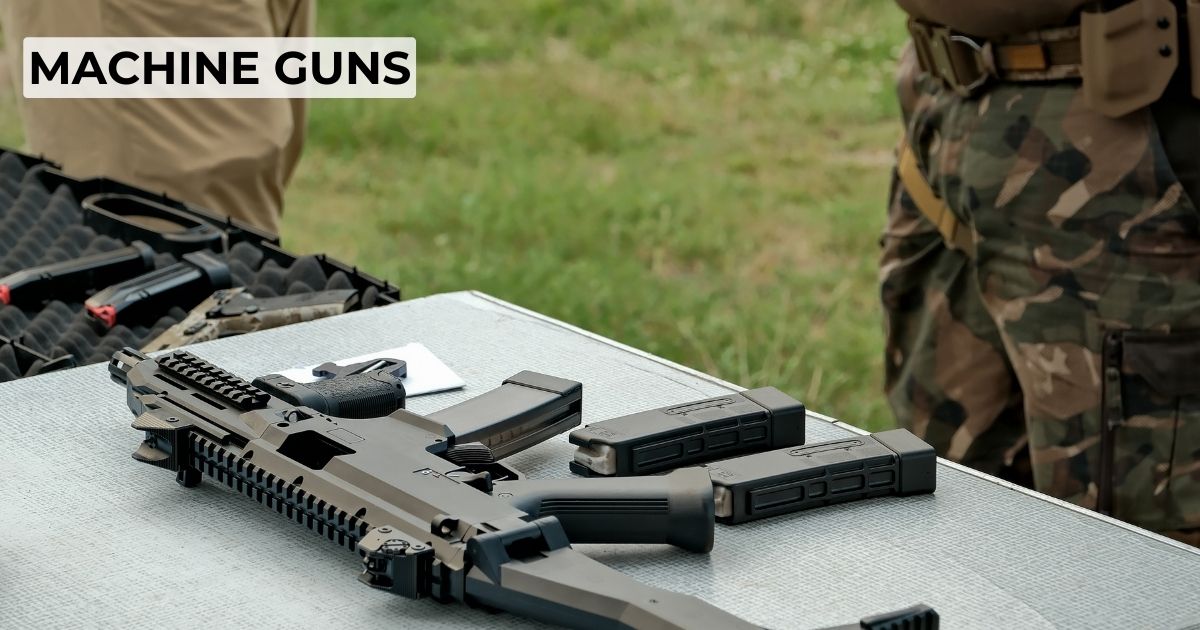
2. Silencers
Silencers, also known as suppressors, are devices designed to reduce the sound and muzzle flash of a firearm when it is discharged. They work by trapping and dissipating the expanding gases that exit the barrel after a shot is fired.
This not only makes shooting more comfortable by reducing noise but also protects the hearing of the shooter and bystanders.
Despite common misconceptions, suppressors do not make firearms completely silent. They are popular among hunters, sport shooters, and tactical operators.
Due to their potential to obscure the location of a shooter, suppressors are regulated under the NFA, requiring registration and a tax stamp for legal ownership.
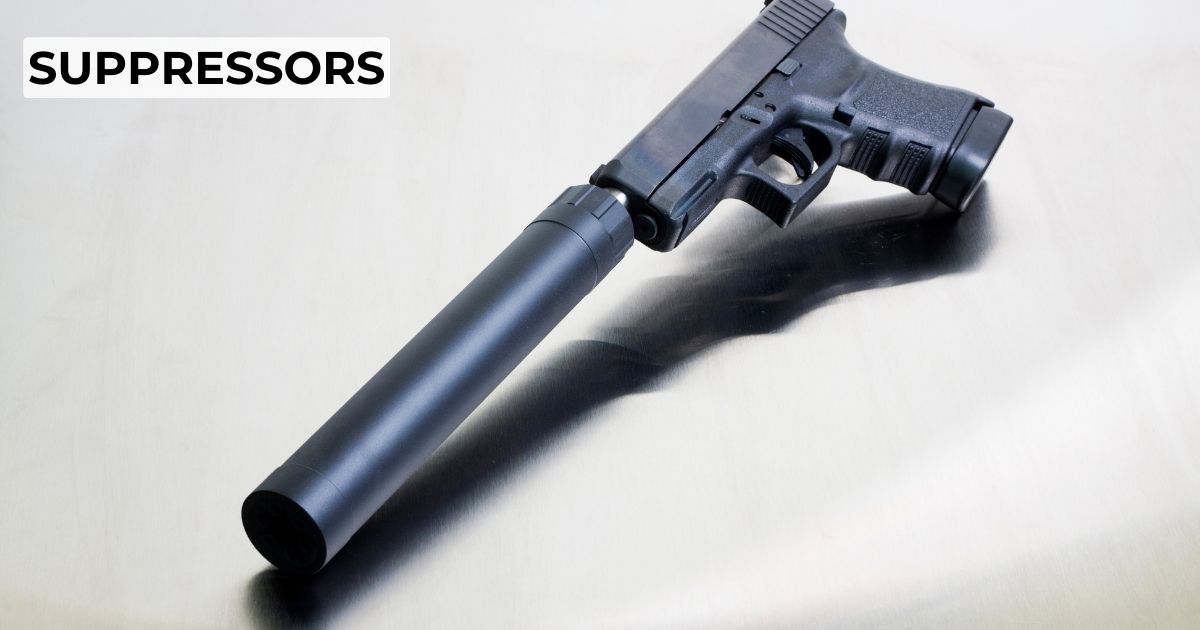
3. Short-Barreled Rifles (SBRs)
Short-barreled rifles (SBRs) are rifles with a barrel length of less than 16 inches or an overall length of less than 26 inches.
These compact dimensions make SBRs more maneuverable in tight spaces compared to standard rifles, making them popular for tactical operations, home defense, and close-quarters combat.
Despite their practicality in certain scenarios, SBRs are subject to strict regulations due to their enhanced concealability and potential misuse, requiring owners to register them with the ATF and obtain the necessary tax stamp.

4. Short-Barreled Shotguns (SBSs)
Short-barreled shotguns (SBSs) are shotguns with a barrel length of less than 18 inches or an overall length of less than 26 inches.
Similar to SBRs, the compact size of SBSs makes them easier to handle in confined spaces and ideal for tactical applications. The shorter barrel can reduce the spread of shot patterns, making them effective at close range.
However, the reduced barrel length also means increased recoil and muzzle blast. SBSs are favored by some law enforcement and military units for breaching doors or close-quarters combat.
Civilians who wish to own an SBS must comply with NFA regulations, including registration and payment of the appropriate tax stamp.

5. Destructive Devices
Destructive devices encompass a broad category of weapons and munitions, including grenades, bombs, explosive missiles, poison gas weapons, and large caliber firearms with a bore diameter greater than 0.50 inches.
These devices are capable of causing massive destruction and are primarily used in military and specialized law enforcement contexts. Examples include rocket launchers, grenade launchers, and artillery pieces.
Destructive devices are stringently regulated due to their potential for significant harm and destruction. Individuals and entities wishing to own or transfer destructive devices must comply with NFA regulations, including thorough background checks, registration, and tax payments.
6. Any Other Weapons (AOWs)
The category of "Any Other Weapon" (AOW) is a catch-all classification that includes firearms and devices that do not fit neatly into other categories regulated by the NFA.
Examples of AOWs include cane guns, pen guns, and other disguised or uniquely designed firearms that can be easily concealed. This category also covers certain smoothbore pistols and firearms that do not have a shoulder stock but are not classified as standard handguns.
AOWs often have specialized uses and appeal to collectors due to their unique designs. Like other NFA items, AOWs require registration and a tax stamp for legal ownership.
To ensure responsible ownership and understanding of Class 3 firearms, it's crucial to have clear knowledge about various components and terms, such as clearing the magazine vs clip confusion, which is a common misunderstanding among beginners and seasoned firearm enthusiasts alike.
What is a Class 3 Firearm License?
A Class 3 Firearm License is commonly misunderstood as a standalone license, but in reality, it refers to a specific type of Special Occupational Taxpayer (SOT) status required for Federal Firearms License (FFL) holders who deal in National Firearms Act (NFA) firearms. Here’s a detailed explanation:
Federal Firearms License (FFL)
An FFL is issued by the Bureau of Alcohol, Tobacco, Firearms, and Explosives (ATF) and allows individuals or businesses to engage in activities related to the manufacture, importation, and sale of firearms and ammunition.
There are several types of FFLs, each corresponding to different types of activities:
- Type 01 FFL: Dealer in firearms other than destructive devices.
- Type 02 FFL: Pawnbroker in firearms other than destructive devices.
- Type 07 FFL: Manufacturer of firearms and ammunition other than destructive devices.
- Type 08 FFL: Importer of firearms and ammunition other than destructive devices.
- Type 09 FFL: Dealer in destructive devices.
- Type 10 FFL: Manufacturer of destructive devices, ammunition for destructive devices, or armor-piercing ammunition.
- Type 11 FFL: Importer of destructive devices, ammunition for destructive devices, or armor-piercing ammunition.
Special Occupational Taxpayer (SOT) Status
To deal in NFA firearms, an FFL holder must also obtain SOT status. The SOT status is an additional annual tax that must be paid, and it is divided into three classes:
- Class 1: Importer of NFA firearms.
- Class 2: Manufacturer of NFA firearms.
- Class 3: Dealer in NFA firearms.
Class 3 SOT (Class 3 Firearm License)
A Class 3 SOT allows an FFL holder to engage in the business of dealing NFA firearms, which include: machine guns, short-barreled rifles (SBRs), short-barreled shotguns (SBSs), suppressors (silencers), destructive devices and Any Other Weapons (AOWs).

Before obtaining a Class III Firearm License, enrolling in the gun safety course is the essential first step toward responsible gun ownership.
TradeSmart Firearm Confidence Course offers more than basic shooting techniques; it instills a deep understanding of safe firearm handling, storage, and ethical use.
Participants emerge with a profound respect for firearm safety rules and the legal aspects of gun ownership. Focusing on these foundational principles is crucial, particularly for those interested in the specialized realm of class III firearms.
Getting a Class III Firearm License
Obtaining a Class III Firearm License involves several steps and requires compliance with both federal and state regulations.
Here’s a detailed guide on how to get a Class III Firearm License, which actually means acquiring a Federal Firearms License (FFL) and obtaining Special Occupational Taxpayer (SOT) status for dealing in National Firearms Act (NFA) items.
IMPORTANT: Before applying, ensure that you meet the basic eligibility requirements:
- Be at least 21 years old.
- Be a U.S. citizen or a permanent legal resident.
- Have no felony convictions or any other disqualifying criminal record.
- Not be a user of or addicted to controlled substances.
- Have no restraining orders or domestic violence convictions.
Step #1 – Get an FFL
First, choose the appropriate FFL type.
For dealing in NFA firearms, you will typically need one of the following FFL types:
- Type 01 FFL: Dealer in firearms other than destructive devices.
- Type 07 FFL: Manufacturer of firearms and ammunition other than destructive devices.
Next, you'll need to submit ATF Form 7, the Application for Federal Firearms License, to the Bureau of Alcohol, Tobacco, Firearms, and Explosives (ATF).
This form requires detailed information about the applicant and the business premises.
- Application Fee: The fee varies based on the type of FFL. For example, a Type 01 FFL costs $200 for the first three years, and a Type 07 FFL costs $150 for the first three years.
As part of the application process, you will undergo a comprehensive background check. You must also provide fingerprints and photographs.
This license allows you to engage in the business of dealing or manufacturing firearms, but not yet NFA items.
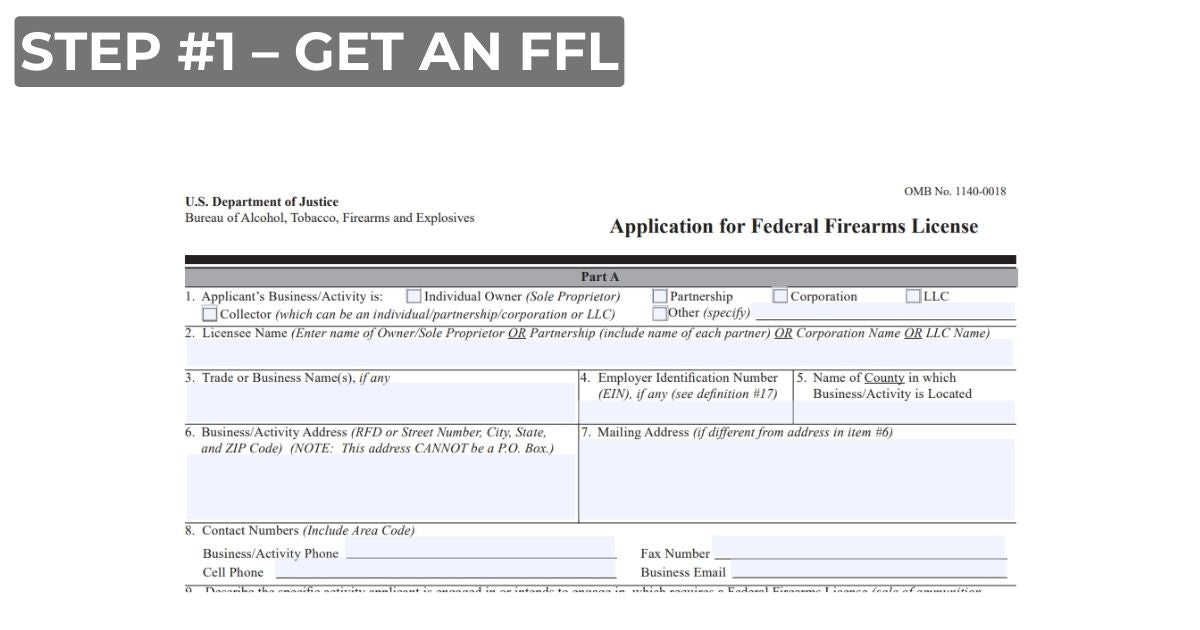
Step #2 – Become an SOT
After you get your FFL, the next step is to become an SOT (Special Occupational Taxpayer). This is a special status for people who want to deal with NFA (National Firearms Act) items.
For this, you need to:
- Complete ATF Form 5630.7: This is the Special Tax Registration and Return National Firearms Act (NFA).
- Pay the Annual SOT Tax: The tax varies based on your business's gross receipts but is typically $500 for smaller businesses and $1,000 for larger ones.
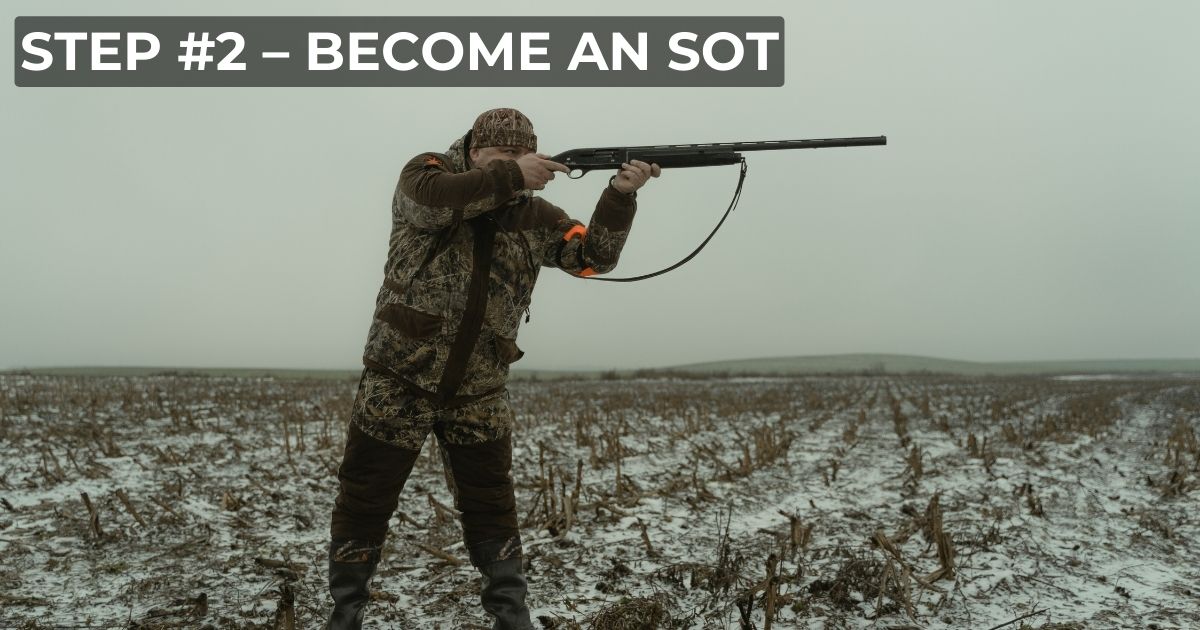
Maintain Compliance
After obtaining your FFL and SOT status, you must adhere to strict compliance requirements, including:
- Keeping accurate records of all firearms transactions.
- Conducting background checks on customers.
- Following all federal, state, and local laws related to firearms sales and transfers.
- Allowing ATF inspections of your business premises.
Owning a Class III Firearm
Owning a Class III firearm is a big deal. If you're thinking about owning one, there are some important things you need to know to make sure you're doing it safely and legally.
#1 - Obtain Licenses
First, you need to have the right licenses. We talked about getting a Class III Firearm License and becoming an SOT. These are crucial steps. They show that you understand the rules and are serious about following them.
#2 - Safe Storage and Use
Then, there's the matter of safely storing and using your Class III firearm. These guns are not toys. They're powerful and need to be handled with care.
This means learning how to use them properly, storing them in a safe place where they can't be stolen or used by someone who shouldn't have them, and always being aware of the laws about where and how you can use them.
TradeSmart offers a curated selection of firearm accessories to enhance your Class III firearm experience, including tactical backpacks and comprehensive safety kits.
TradeSmart Tactical Backpack is designed for the secure transport and storage of firearms and accessories, featuring 3 TSA locks for added security, a high capacity of over 50 pounds, and durable Cordura™ Fabric construction.

Our Professional Gun Safety Kit prioritizes your safety with NRR 28 Shooting Earmuffs, NRR 33 Shooting Earplugs, and ANSI z87.1 certified Safety Glasses, ensuring comprehensive protection in various styles and colors.
The earmuffs offer comfort and advanced noise reduction, while the German BASF foam earplugs provide superior noise protection and comfort. The safety glasses offer UV protection and are designed for comfort and durability, available in clear and tinted lenses.
 Additionally, the TradeSmart Hard Carrying Case is the perfect storage solution, offering organized protection for your safety gear.
Additionally, the TradeSmart Hard Carrying Case is the perfect storage solution, offering organized protection for your safety gear.
For more information on our products and how they can enhance your firearm experience, visit our website or contact us directly. At TradeSmart, we're committed to providing you with the best solutions for your firearm needs.
#3 - Keeping Up with the Paperwork
Also, owning a Class III firearm means keeping up with the paperwork. Keep all ATF paperwork, including your tax stamp, in a safe place. You must be able to present it to law enforcement upon request.
Notify the ATF if you move to a new address. Failure to do so can result in legal complications.

How to Purchase NFA Firearms?
Buying NFA firearms is a bit different from buying regular guns. These are the steps to owning a Class III firearm:
1. Research State and Local Laws
Before pursuing ownership, thoroughly research state and local laws regarding Class III firearms. Some states and municipalities have additional restrictions or outright bans on certain NFA items.
2. Select a Class III Dealer
You must purchase your NFA firearm from a licensed Class III dealer. These dealers have the appropriate FFL and SOT status to legally sell NFA firearms.
3. Complete the ATF Form 4
To transfer ownership of an NFA firearm, you must complete ATF Form 4, which is the Application for Tax Paid Transfer and Registration of a Firearm.
- Information Required: The form requires personal information, details about the firearm, and the seller's information.
- Photo and Fingerprints: Include a recent passport-sized photo and two fingerprint cards with your application.
- Law Enforcement Notification: Notify your local Chief Law Enforcement Officer (CLEO) of your intent to acquire the NFA item. This is a notification requirement, not an approval process.
4. Pay the NFA Tax Stamp
Pay the $200 tax for each NFA firearm being transferred (except for AOWs, which have a $5 tax). This payment is made via check or money order to the ATF.
5. Submit the Application
Submit the completed ATF Form 4, fingerprint cards, photographs, and tax payment to the ATF for processing. The approval process can take several months.
6. Wait for Approval
The ATF will conduct a thorough background check.
Once your application is approved, you will receive your tax stamp, and the firearm can be transferred to you.
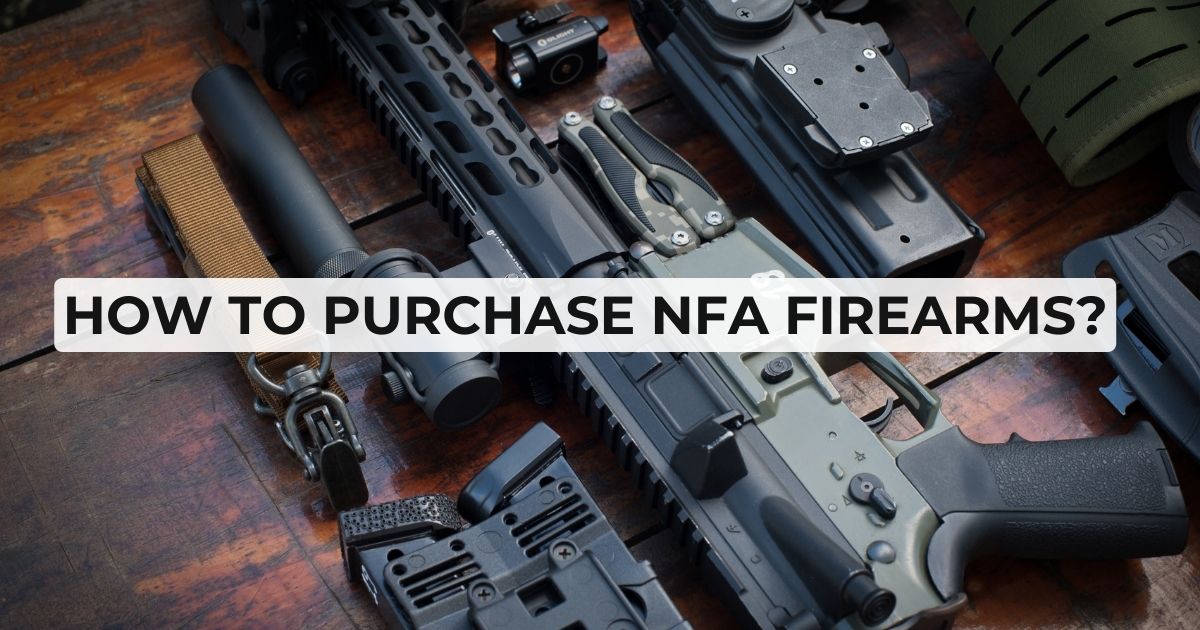
Using Your Class III License for Personal Use
Having a Class III license isn't just for people who want to sell or make Class III firearms. You can also use this license for your own personal enjoyment and protection.
This means if you're a gun enthusiast or someone who wants an extra level of protection, a Class III license can be really useful.
For those interested in safely experiencing Class III firearms in a controlled environment, it's essential to find top shooting ranges that offer specialized facilities and expert guidance.
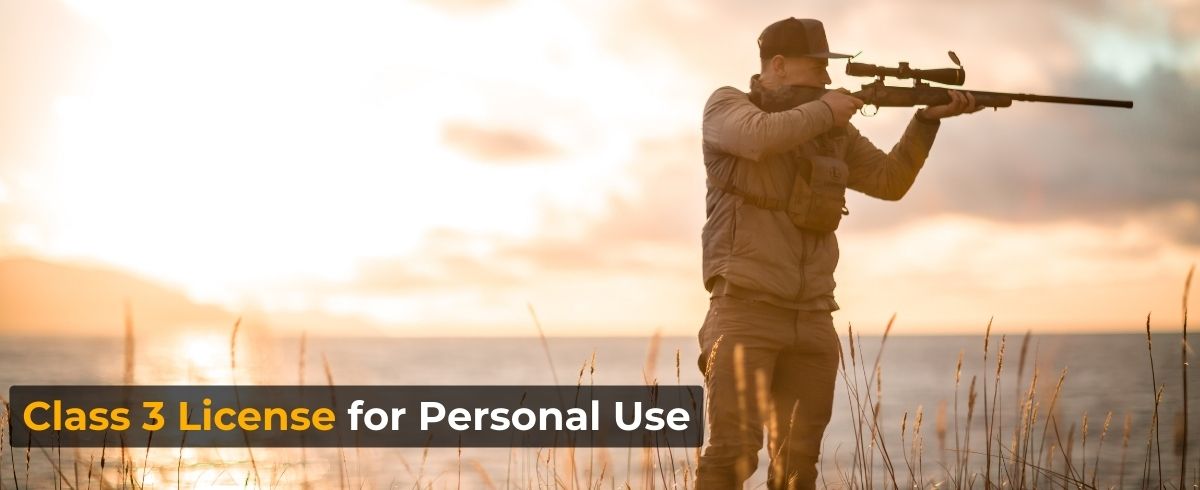
Class 3 Firearm Recap
Owning and using a Class III firearm is a significant responsibility that requires careful adherence to federal, state, and local regulations.
These firearms, which include machine guns, short-barreled rifles and shotguns, suppressors, destructive devices, and other specialized weapons, offer unique capabilities but also come with stringent legal requirements.
To legally own an NFA firearm, you must purchase it from a licensed Class III dealer, complete the necessary ATF paperwork, pay the appropriate tax, and await approval.
This process ensures that NFA firearms are only in the hands of responsible and law-abiding individuals.
Once approved, it is crucial to store and transport your firearm securely, keep all documentation accessible, and comply with all applicable laws to avoid legal complications.
The benefits of owning a Class III firearm include access to specialized and often historical firearms, potential investment value, and the ability to use these firearms for personal purposes such as target shooting, hunting (where legal), and self-defense.
However, these benefits come with the responsibility of maintaining compliance with the law and ensuring the safe and responsible use of these powerful tools.
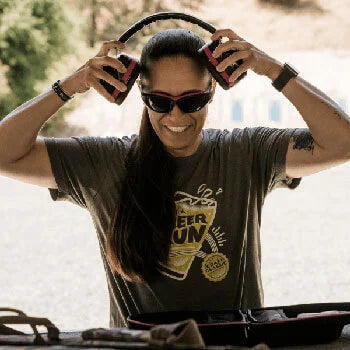
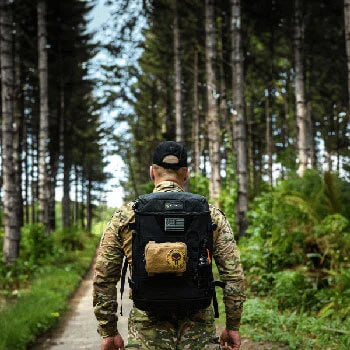
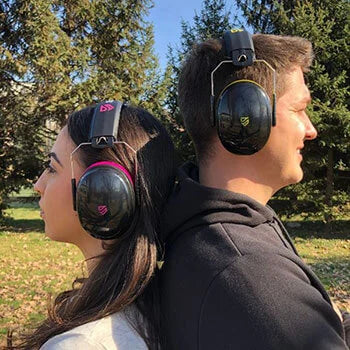
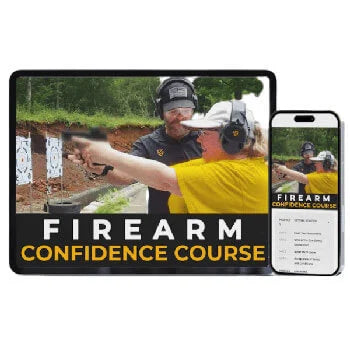
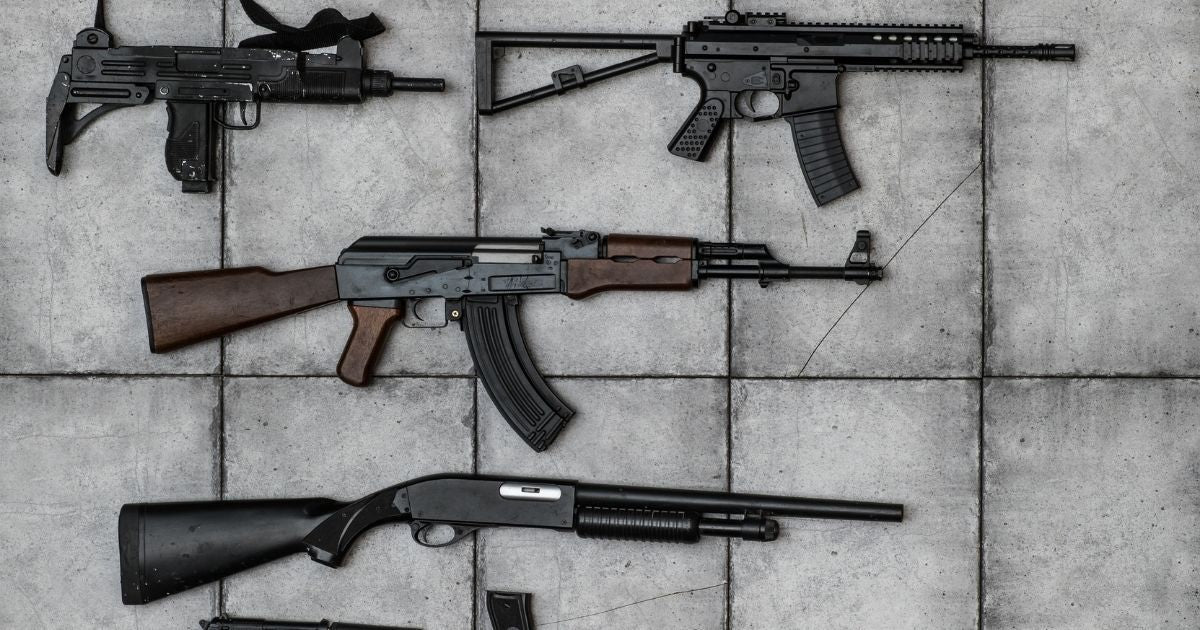

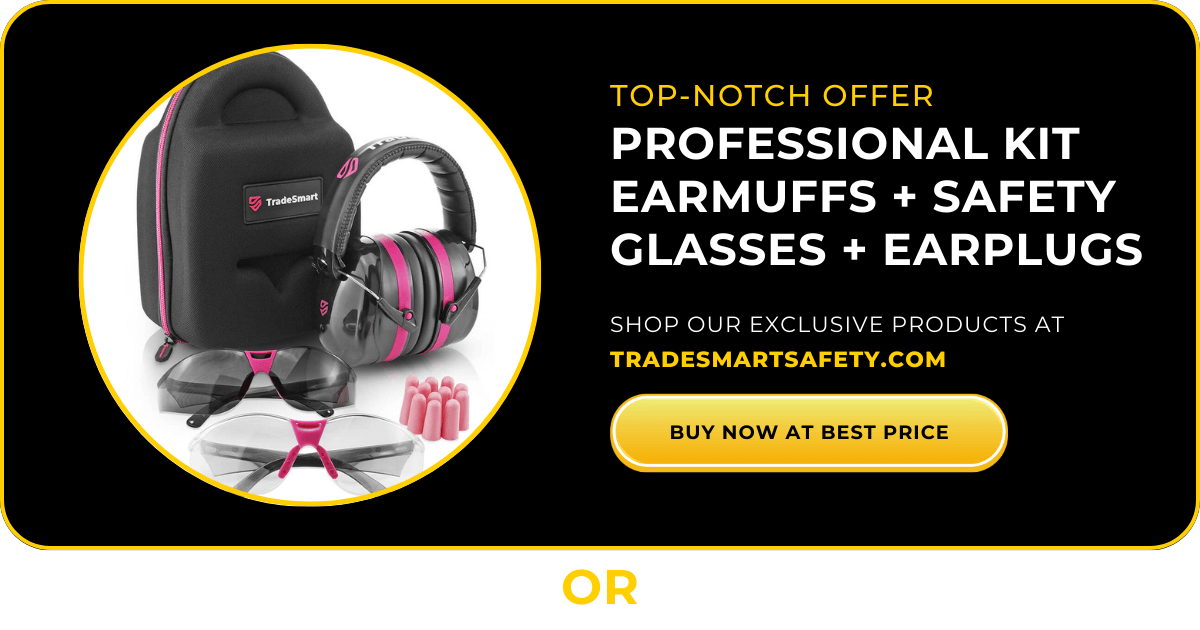
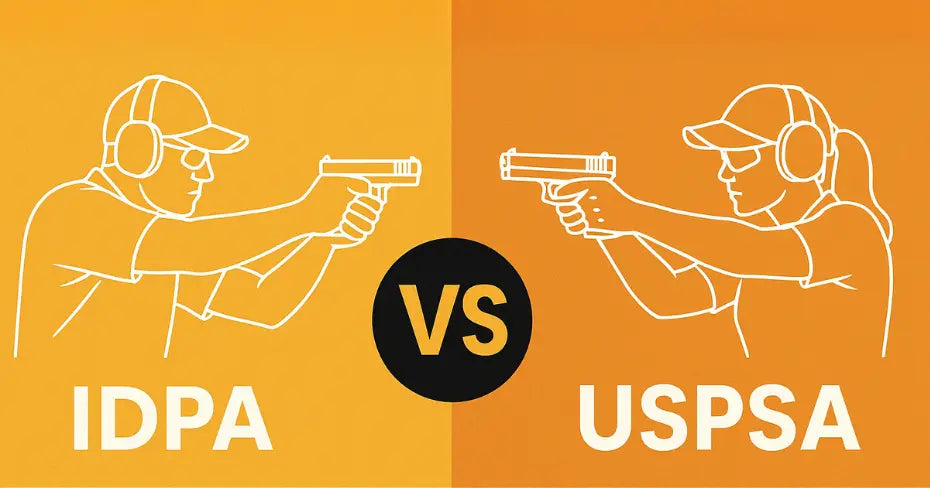
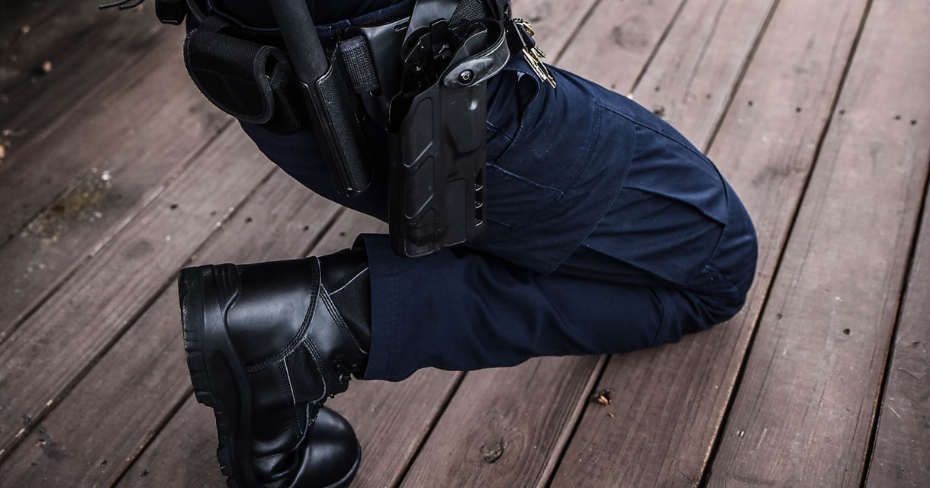
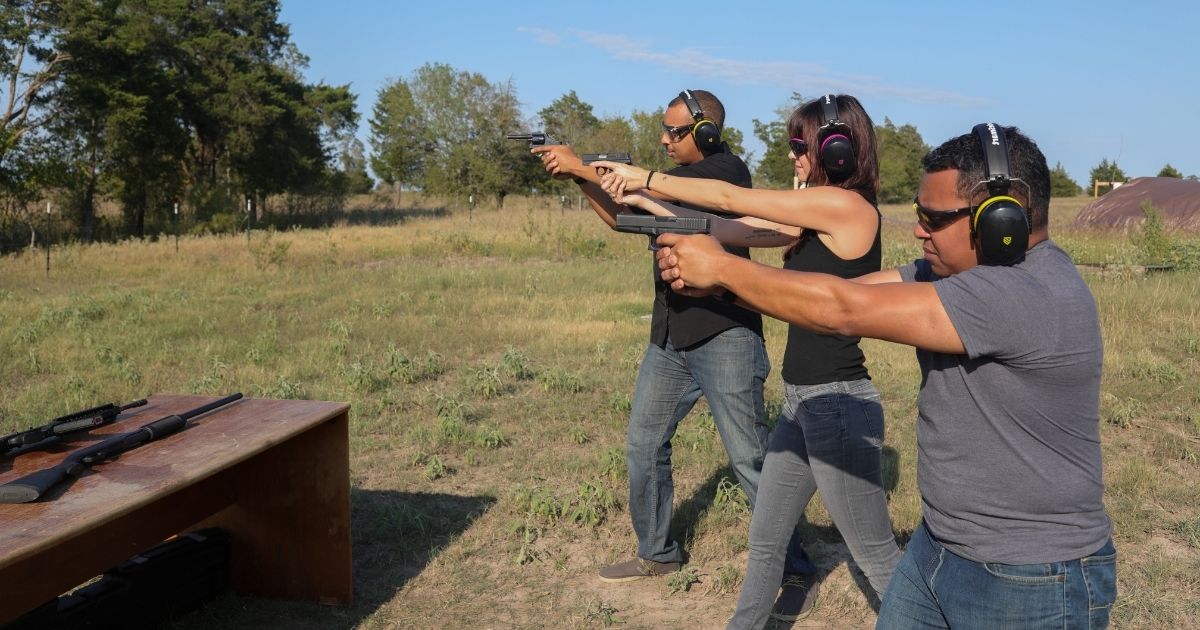
James Aldrich
May 23, 2024
I already have a Florida ccw, im just curious if I could actually qualify and be licensed for a class 3 ffl, or to be able to own fully automatic weapons in other states then Florida where i do reside? I was told long time ago that if i owned a full auto in Florida that i could obtain a permit to only carry it from my house to an open outside controlled shooting range and back home? Is that true for Florida? But anyways i just really want to know if i could actually qualify to be able to own full auto weapons or not, i just want to rub in face of someone who says he knows everything about gun laws and the laws of full automatic weapons on whose aloud to have or not, i rather just have my semi automatic weapons, i just want to prove this guy hes wrong if i could actually qualify and be able to own, some kind of documentation from atf saying that im approved but if not no worries like i said not really interested in actually owning full auto, i was very fascinated when i was younger be cool to actually own one, but to many people not teaching proper gun handling and safety i dont want that type of weapon be known if i own them and some tries to break in my house to find and steal, i can furnished needed info plus have my Florida ccw license with number for you to on my current background information to show that i am a law biding citizen of the United States of America, no felonies or violent crimes im very honest and hard worker and cant stand punkasses who has disrespect to our men and women serving our armed forces defending ou rights to be free from harmful foreign powers. My dad and 2 uncles vietnam vets my dad stayed in usaf retired as captain.